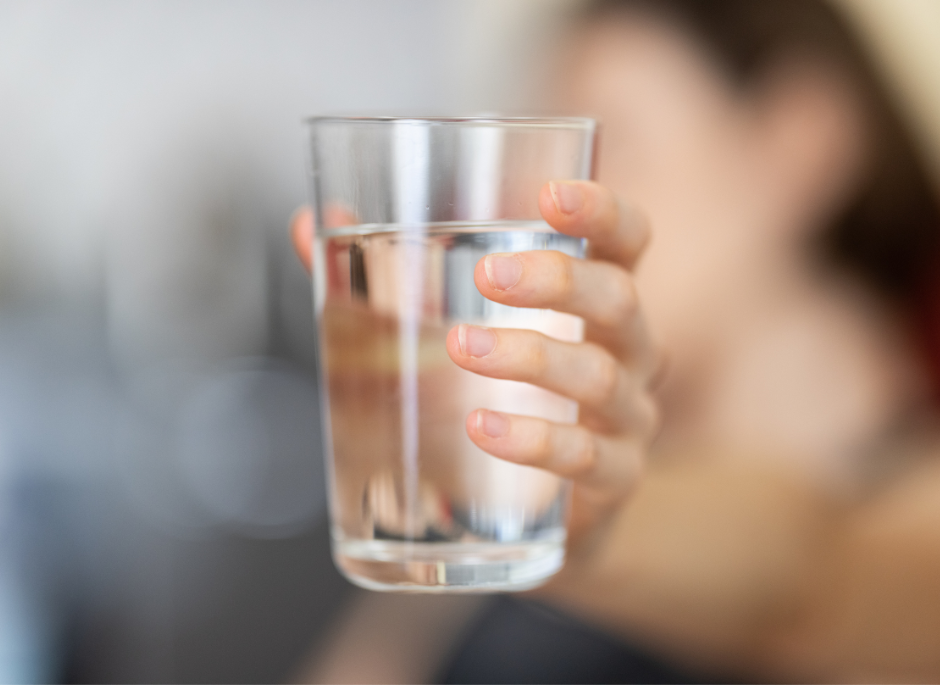Old Plumbing and Its Effect on Drinking Water: What Homeowners Need to Know

Over the years, plumbing systems have evolved, but many homes in the U.S. and Canada still rely on aging plumbing infrastructures that can negatively impact the quality of drinking water. These older systems may not only be inefficient but could also be a source of harmful contaminants, potentially posing health risks to families. Understanding the impact of old plumbing and knowing how to protect your water quality is essential for homeowners. Let’s explore the effects of old plumbing on drinking water and how HALO water filtration systems offer a robust solution.
The Dangers Lurking in Old Plumbing Systems
- Lead Contamination. One of the most well-known risks of old plumbing is lead contamination. Homes built before 1986 are more likely to have lead pipes, fixtures, or solder. Lead can leach into your drinking water as these materials corrode over time. Even low levels of lead exposure can be harmful, particularly to young children and pregnant women, affecting cognitive development and overall health.
- Corroded Pipes and Rust. Over time, pipes made from iron or steel can corrode, causing rust to form. Rust not only impacts the taste and appearance of water but can also harbor harmful bacteria. Additionally, as pipes degrade, they may become more prone to leaks, which can lead to water contamination from external sources.
- Biofilm and Bacterial Growth. Old pipes can develop biofilm—a slimy layer where bacteria thrive. While most bacteria in biofilm are harmless, some, like Legionella, can cause serious health problems. Homes with older plumbing systems are particularly vulnerable to this, as worn-out materials provide an ideal environment for bacterial growth.
- Sediment and Mineral Buildup. Over time, sediment and minerals, such as calcium and magnesium, can accumulate in pipes. This not only reduces water flow but also degrades water quality. Hard water, caused by high mineral content, can lead to scale buildup in appliances and pipes, reducing their lifespan and efficiency.
How Old Plumbing Affects Drinking Water Safety and Quality
Old plumbing doesn’t just degrade water quality—it can also make water unsafe to drink. Water contamination from lead, rust, bacteria, and other pollutants can occur gradually, often without visible signs. A bad taste, discoloration, or unusual smell are warning signs, but the absence of these indicators doesn’t mean your water is free of harmful substances.
Many of these contaminants are invisible and undetectable without proper testing. If your home’s plumbing is old, it’s crucial to be proactive in safeguarding your drinking water.
Protecting Your Home’s Water Supply with HALO
Fortunately, solutions exist that can dramatically improve your water quality and safeguard your health, regardless of your plumbing system’s age. One of the most effective solutions is installing a HALO water filtration system.
HALO’s filtration systems are designed to remove harmful contaminants from your water supply, offering a comprehensive defense against the dangers of aging plumbing. By choosing HALO, homeowners can enjoy peace of mind, knowing their drinking water is safe, clean, and free from harmful contaminants—regardless of the age of their plumbing.
Aging plumbing is a serious concern for many homes across North America. Old pipes can introduce harmful substances into your water supply, compromising the health and safety of your family. Fortunately, HALO’s advanced water filtration systems provide an effective solution. By filtering out lead, rust, bacteria, and more, HALO systems offer homeowners a way to ensure clean, safe drinking water. Don’t let old plumbing put your family at risk. Protect your home with HALO and enjoy the benefits of clean, pure water from every tap.
Join the HALO Nation today!


